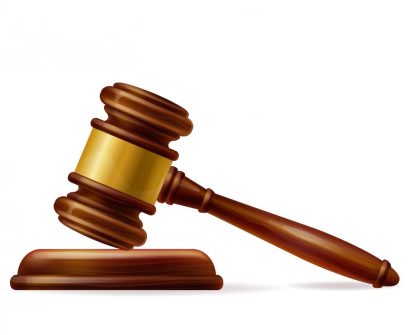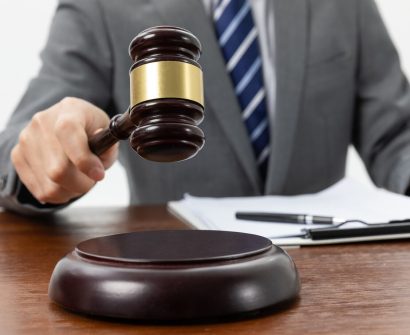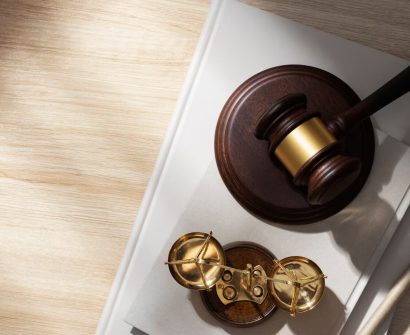
More is usually better in many situations, especially when it comes to unlawful assembly. Not every big gathering is a party, whether it’s because of the horrifying COVID period or the ongoing conflict in Manipur!
Illegal assembly is a significant topic in today’s globe. People today recognize the strength and power of togetherness, which makes them more confident and louder in expressing their opinions. But when people gather together to protest or stand up for their rights, it becomes difficult to distinguish between a legal assembly and one that isn’t. Oftentimes, these protests turn into violent altercations.
Unlawful Assembly under IPC
- As per the definition of unlawful assembly IPC, an assembly that can spiral out of control and endanger persons, property, or public order is considered an unlawful assembly, according to the IPC. Such a disorganized assemblage is referred to as “unlawful assembly”.
- The primary rationale for prohibiting unapproved gatherings is to preserve public order and harmony by disturbing public peace. The Penal Code attempts to deter people from committing crimes in groups by establishing vicarious culpability. This is an affront to public tranquillity.
- Example: A public gathering is considered illegal if it has the potential to overpower the government by the use of force, as is the case with the Stone Pelters’ demonstrations in several sections of Kashmir.
IPC Section 141: Explanation
Illegal assembly is defined in section 141 of the IPC. According to the clause, an assembly is unlawful if its primary objective is to:
- Use criminal force to topple any public servant, the federal or state legislature, or the government in the exercise of its lawful authority.
- Refuse to comply with the law or any legal process.
- Commit mischief, illegal trespassing, or any other offense.
- Use illegal force to deprive someone of their inalienable rights or to seize possession of any property.
- To force someone to commit a crime or engage in another forbidden activity.
However, for a gathering to be deemed unlawful, it must consist of five or more individuals and they have to own a common object. This suggests that everyone in attendance at the assembly must understand the purpose for which it was convened. Just by attending, a person is not automatically deemed to be a member of the unlawful assembly.
Unlawful Assembly: Punishment
- The penalty according to IPC Section 141 is described in Section 143 of the IPC. The punishment might include a fine, an extra six months in jail, or even both.
- Crimes under section 141 of the IPC are deemed cognizable, which means that a first-class magistrate sitting in the court may try them.
Rioting and Rioting Charges in IPC
Every member in an unlawful assembly is guilty of rioting whenever the gathering employs force or violence to further its shared goal.
Rioting is punishable by up to two years in prison and/or a fine.
Anyone found guilty of rioting while carrying a lethal weapon or anything else that could be used as an aggressive tool to kill someone could face a maximum three-year prison sentence in addition to a fine.
No one is permitted to do the following when a public official is attempting to break up an unlawful assembly or quell a riot:
- assault or interfere with the public servant’s work; or
- use unlawful force against them.
Legal Consequences of Unlawful Assembly
- Depending on the circumstances of the case, those involved in an unlawful assembly may be charged with more severe charges like murder (Section 302 of the IPC) or culpable homicide not amounting to murder (Section 304 of the IPC) if any act done by the group of individuals results in death.
- The police’s role in managing unlawful assemblies clarifies their authority to disperse these types of gatherings and take appropriate action to uphold law and order. It also describes the legal actions that occur after an arrest for unlawful assembly, such as chargesheet filings and court trials.
Preventive Measures against Unlawful Assembly
- The CrPC’s Section 144 addresses immediate nuisance and perceived threat situations.
- With the state government’s authorization in this regard, the magistrate would go ahead and issue a written order outlining the pertinent case facts by Section 134 of the CrPC, thereby averting potential threats like unauthorized gatherings, disturbances of public peace, riots, affrays, etc. in an emergency.
- Unless the state government advises that the magistrate’s order would be effective for a period not to exceed six months, the order so issued will be valid for two months.
- The state government may amend or revoke this notification on its initiative or upon request from the harmed party.
Unlawful Assembly under IPC FAQs
What is Section 149 of the IPC?
According to Section 149 of the IPC, each member of an unauthorized assembly that shares an object will be held accountable for the offense if it is committed to prosecuting that object.
What is the 141 unlawful assembly?
Even though it wasn’t illegal when it was first organized, an assembly can later turn illegal.
What is Sec 143 of unlawful assembly?
Anyone found to have participated in an illegal assembly faces a fine, two types of imprisonment, or both, for a maximum sentence of six months.
Which section is unlawful assembly?
As to section 141 of the Indian Penal Code, 1860, an ‘Unlawful Assembly’ is any gathering of five or more people with the common goal of committing an offence or omission.
How do you prove unlawful assembly?
The Indian Penal Code’s Section 149 does not require proof of illegal overt conduct or illegal omission to classify someone as a member of an unlawful assembly, according to a recent ruling by the Supreme Court.
Who can declare an unlawful assembly?
Any unlawful assembly or any group of five or more people likely to disturb the peace may be ordered to disperse by an Executive Magistrate, an officer in charge of a police station, or, in the absence of such an officer in charge, any police officer not below the rank of sub-inspector. It will then be the responsibility of the members of the assembly to disperse as required.
Is Section 141 bailable?
IPC Section 141 is subject to bail.
What is the minimum for unlawful assembly?
For an assembly to be considered illegal, it must include five or more people. It might not be considered an unlawful assembly if there are less than five people present.
What is unlawful assembly in simple words?
Assembling of people with the intent to terrorize the public by conducting a noncriminal act or a crime involving force.
What is the liability of unlawful assembly?
According to section 149, every person who happens to be a member of an unlawful assembly whose common goal is to commit a certain crime and one or more of its members commit that crime is liable for the crime’s commission as a member of the assembly, regardless of whether the accused committed the criminal act or not.
What are the ingredients of unlawful assembly?
An assembly of five or more people only qualifies as illegal if its purpose is to:
- Threaten the Government with Illegal Force
- Oppose the application of the law or legal proceedings
- Commit crimes such as criminal trespass and mischief.
- possess or get rid of any property using illegal means
- Use unlawful force to coerce someone into performing a prohibited conduct
What is the difference between unlawful assembly and rioting?
Every member in an unlawful assembly is guilty of rioting whenever the gathering employs force or violence to further its shared goal.
With the goal of giving students the best education available for law entrance exams including the CLAT, AILET, and numerous state judiciary exams, Jyoti Judiciary Coaching, India’s Finest educational Platform, was established. Come enroll now with Jyoti Judiciary!
For any latest news, legal topics, judiciary exams notifications, patterns, etc watch Jyoti Judiciary’s YouTube channel for legal videos for any updates at https://youtube.com/@jyotijudiciarycoaching4852?si=2cwubh9d2A9urwJf









